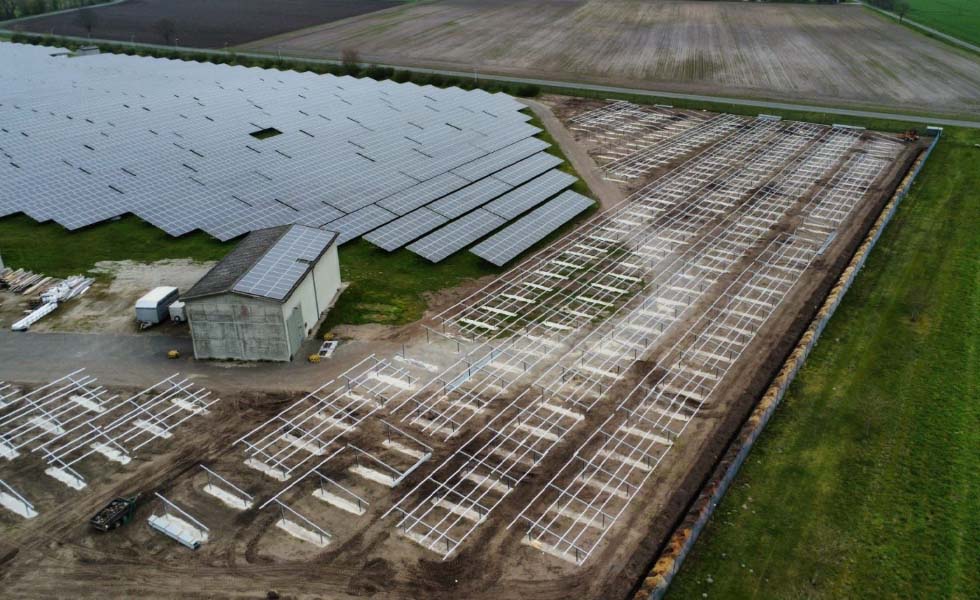
Photovoltaic power stations are built in wilderness, desert, and high-rise buildings, and need to face different natural disasters all year round. Among them, the most common are various hurricanes, typhoons, and tornadoes.
According to the global wind distribution map, gales with wind speeds greater than 10 m/s cover more than 60% of the world's regions; over the past 160 years, more than 50% of the world's regions have encountered hurricanes of 33 m/s or more.
Looking around the world, there are many photovoltaic power plants that have been "damaged" by strong winds:
• In October 2018, a storm occurred in Queensland, Australia, which caused the solar panels of the local 55MW project to be severely distorted into a DNA helical shape.
Especially large-scale solar panel in deserts, deserts, and Gobi terrains need to face harsher and more intensive wind attacks. Due to the open terrain and low vegetation coverage in the "Shagehuang" area, the air flow is not blocked, and the wind speed can generally reach 5-10 m/s; in the case of strong winds and sandstorms, the wind speed can even exceed 20 m/s or higher !
• In March 2021, Inner Mongolia experienced strong winds and strong sand and dust weather, with an average wind force of 8 to 9, causing damage to multiple photovoltaic power plants, broken components, broken brackets, and direct economic losses of tens of millions of photovoltaic power plants.
No matter how advanced modern technology is, humans cannot control the wind, so it is particularly important to improve the adaptability of components to face severe weather.
While it is urgent to improve the wind control ability, the "reduction" of a certain index of the module is also the direction of the industry's long-term efforts, that is, to reduce the carbon emission in the module production process.
As one of the most important means of global emission reduction, although photovoltaics emit very little carbon in the process of power generation, their manufacturing process is still plagued by carbon emissions. For example, metal aluminum, one of the important raw materials for the production of module frames, consumes about 6 grams of aluminum frame per watt in the production of module frames. According to the estimated annual average installed capacity of 300GW in the next 10 years, the consumption of aluminum is about 1.8 million tons .
According to the statistics of ASI (Aluminum Stewardship Initiative), the global aluminum management plan, each ton of aluminum produces an average of about 15 tons of carbon dioxide equivalent, of which direct carbon emissions account for about 10%, and electricity consumption accounts for 71%. This also means that in the next 10 years, the average annual carbon emissions of aluminum consumed in the production of photovoltaic modules will be as high as 27 million tons!
Under the background of global carbon reduction and the expectation of the explosive growth of photovoltaics in the future, the low-carbon development of the photovoltaic industry is of great significance. Reducing carbon emissions in the process of module production is undoubtedly one of the key directions of the industry's efforts.
As the most readily available resource and the most cost-effective renewable clean energy, photovoltaic power generation shoulders the important task of becoming the world's main energy source. According to IRENA's forecast, the cumulative installed capacity of photovoltaics in the world will reach 14,000GW in 2050! In the process of opening up this huge market, the importance of photovoltaic power generation to improve wind resistance and reduce its own carbon emissions will become increasingly prominent.
